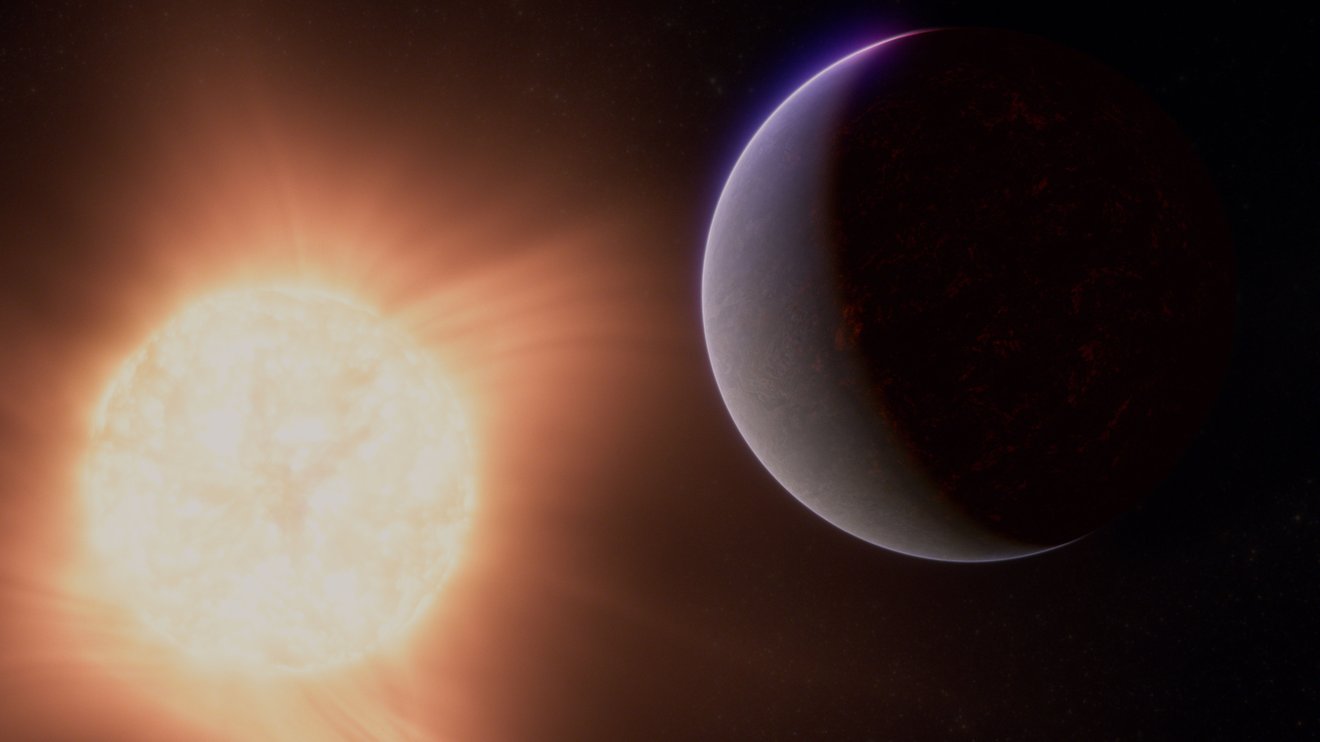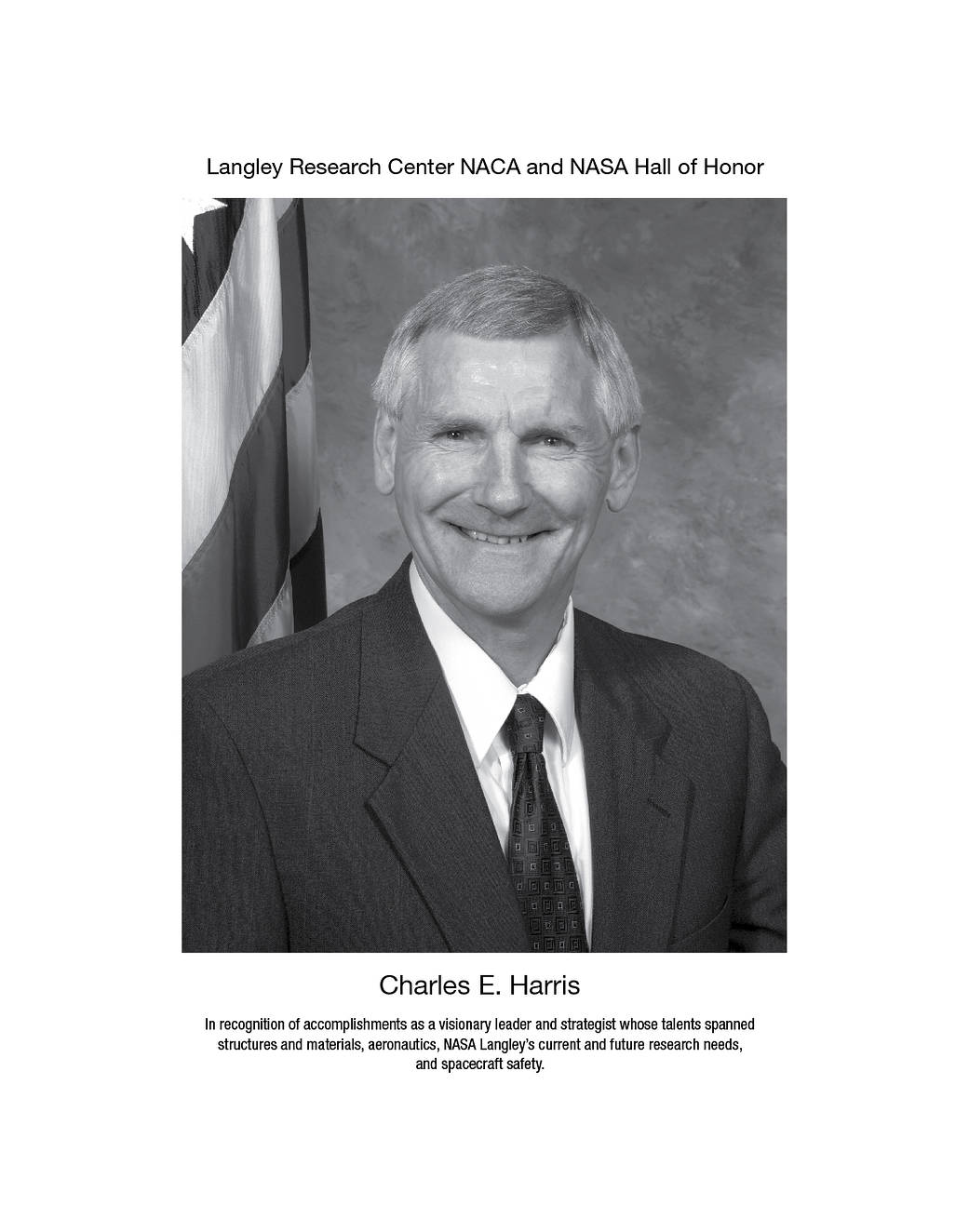Charles E. Harris
Dr. Charles E. Harris (1950-) had a variety of jobs before he came to NASA Langley, but once he arrived he made his mark as a visionary leader and strategist whose talents spanned structures and materials, aeronautics, NASA Langley’s current and future research needs and spacecraft safety.
Born on a farm in Pittsylvania County, Virginia, Harris earned money for college by driving a school bus at 17. During community college in Danville, he worked as a textile machine operator, then earned an aerospace engineering bachelor’s degree at Virginia Tech in 1972. He went on to receive a master’s in engineering mechanics in 1973 and a doctorate in engineering science and mechanics in 1983, both from Virginia Tech. In 1973 he worked at a nuclear engineering firm, then taught at Virginia Tech until he went to Texas A&M University in 1983 as an aerospace engineering professor. NASA Langley lured him back east in 1987 to become the head of the Mechanics and Materials Branch.
As branch head, Harris planned, advocated for and led NASA’s $50-million Airframe Structural Integrity Program to address structural failures in aging aircraft. It was a public-private partnership with the Federal Aviation Administration, the U.S. Air Force and industry that led to analytical tools that could predict fatigue damage in aging aircraft and new nondestructive inspection methods. He also served on a number of accident investigation and advisory boards.
Harris served as chief technologist for NASA’s Structures and Materials Center of Excellence starting in 1997 and then became the deputy director of the Structures and Materials Competency in 2000, until he worked on a strategic planning team that came up with the idea of a think-tank style organization that could meet Langley’s future needs. Harris led the effort to establish the NASA/academic partnership known as the National Institute of Aerospace (NIA), a non-profit research and graduate education campus. He became the director of the NIA management office from 2002-2003. The NIA opened in January of 2003 and continues in operation.
Harris went on to become the principal engineer of the NASA Engineering and Safety Center from 2003-2006, where he led teams of subject matter experts that performed independent investigations to solve some of NASA’s most challenging technical problems, including ones that caused the Space Shuttle Columbia accident.
Harris returned to Langley management as the director of the Research Directorate from 2006 until his retirement in 2012. He not only led a team of 800 scientists, engineers and technicians, but also successfully advocated for a $50-million, 10-year program to study and develop advanced composite materials. He also led the development of a 20-year strategic revitalization plan which has resulted in a number of new buildings at Langley.
Harris has received a number of awards, including NASA’s Outstanding Leadership Medal in 1997, NASA’s Exceptional Achievement Medal in 2001, NASA’s Exceptional Service Medal in 2006, NASA’s Exceptional Achievement Medal in 2007, the Presidential Rank of Meritorious Executive in 2005, and Distinguished Executive in the Senior Executive Service in 2011. Harris was also inducted into the Virginia Tech Academy of Engineering Excellence in 2011.





























